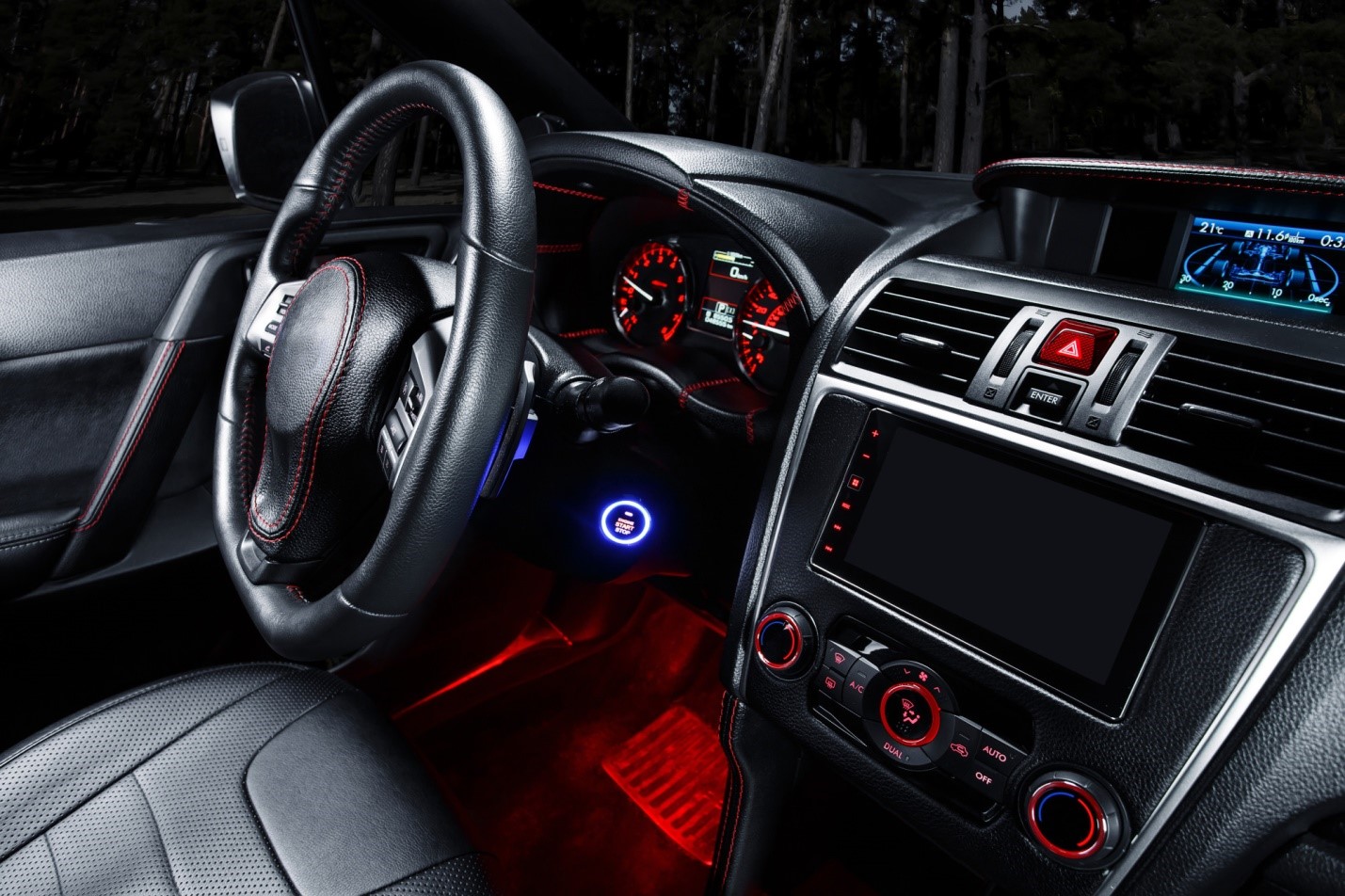Comfort – Fit
A critical element when fitting sunglasses is the elimination or reduction of sunlight (ultraviolet A & B rays) entering the eye from the top of the sunglasses frame or from the sides. With everyone’s face configuration unique, finding a lens shape that provides thorough “eye” coverage is very important. A lens’s “base curve” is the amount of curvature of the front of the lens. You’ve noticed that to fit the curved lens into the sunglasses frame, the frame has far more aggressive curvature than do reading glasses. Higher base curves mean the lenses are more curved, wrapping around the face to provide coverage to the eyes. Reading glasses provide a base curve of zero, while a standard sunglasses provides an 8 based curve.
Sunglasses frames come in a variety of widths. A frame that is too wide will allow ambient light to enter from the side and top. Conversely, a frame too snug will be uncomfortable during extended wear. Most individuals prefer a lighter weight and feel when wearing sunglasses, typically weight is determined by the lens material, lens thickness and frame material selected. An eyewear professional will help ensure a correct fit. The two critical fitting measurements are horizontal (temple to bridge) and vertical (measurement or the height of the lens).
Lens Materials – Four Primary Materials
Two values are used to determine the optical clarity of lens materials. Abberation or Abbe value (the higher the value the greater the optical clarity) and Index of Refraction, a ridiculously complicated measurement that includes ultraviolet wave length velocity, light refraction (bending of light) and dispersion of refracted light through different lens materials. For our purpose we’ll use Abbe value to define optical material clarity.
Glass Abbe value = 59. Optically superior, but heavy and may shatter upon impact.
Polycarbonate Abbe value = 30. An industry standard for 30 years, polycarbonate is incredibly durable and inexpensive, but has the largest amount of distortion unless the lens is optically corrected (the center is ground thinner than the lens perimeter to minimize distortion). Polycarbonate is generally thinner and lighter than CR-39.
CR – 39 Abbe value = 58. Hard resin, thicker and heavier than polycarbonate but optically superior.
High Index Materials (NXT – Trivex) Abbe value = 43 – 45. Ultra light, extremely strong, durable and more expensive than polycarbonate or CR-39. Also gaining in popularity are photochromatic lenses or transition lenses where tinting changes as light conditions change.
Heating and bending lens materials to fit specific eyewear frames causes distortion. To optically correct this quality, lenses are “center ground” or “de-centered”, which means the lens is typically thinner in the center and thicker around the lens perimeter. Optically correct eyeglass lenses are also called aspheric lenses.
In the United States, sunglasses are regulated by the Food and Drug Administration and the Office of Ophthalmic Device assigned all sunglasses a Class 1 medical device category. Strict standards are followed and testing is conducted measuring transmission of ultraviolet rays through the lens. All imported sunglasses must have testing documentation and a country of origin designation on the arm of the sunglass. Additionally all sunglasses must document impact resistance in a “drop ball” test.
Polarization – Created by Polaroid
Polarized lenses significantly reduces glare. Polarized film is embedded between two pieces of the preferred lens material or injected into the lens material. Glare is neutralized because the horizontal filament prevents horizontal light rays from entering through the lens, while allowing the vertical light rays to pass through the lens. If light passing through the lens only travels in one direction, glare from water or a road surface is significantly reduced if not eliminated. Glare and brightness are two different elements and the two should not be confused. The only negative element of polarization is that it may alter instrumentation viewing and is often not recommend for aviation use. When using a bank ATM and wearing polarized sunglasses, you may notice screen distortion. Only 10% of our sunglasses sales are non-polarized sunglasses.
Frame Materials
Plastic framed sunglasses are cheap and typically include plastic lenses that have not been optically corrected or de-centered. Plastic sunglasses generally sell at retail for $15 or less.
TR-90 Far more durable than plastic, this is a polymer that is very flexible and is more heat resistant in the event sunglasses are left in a hot automobile.
Magnesium, Aluminum, Composites, Wire Lightweight but durable, heat will not alter the frame shape. Typically more expensive than sunglasses with TR-90 frames.
Other Elements
Lens Tinting
While tinting is largely cosmetic, the correct tint determined by light condition, may enhance vision. Two tints are recommended. First gray or smoke (darker), transmits all colors evenly without changing the value of color. Secondly, brown or amber, helps block blue light found in cloudy or overcast light conditions. Darker lens tints are generally recommended for constantly bright conditions, a brown or amber lens may be more suitable for overcast days.
Lens Coatings
Anti Reflective Coating (AR) is an attribute found in higher end sunglasses. If ambient light penetrates skin from above the frame or through the corners of the sunglasses, ultraviolet rays may reflect from the inside of the lens and direct UV rays back to the eye. The most effective AR systems include the AR coating on the front and back of the lens to minimize glare. Back side AR coatings prevents the UV ray from reflecting back to the eye.
Anti Scratch
This coating helps make the lens more scratch resistant. While any lens will scratch, it’s generally a coating that is scratched, not the lens material. In minor cases scratches may be eliminated by buffing by an optician.
Anti Fog Coating, Rain X or Water Resistant Coating
Both may be very useful in outdoor recreation environments.
Frame Hinges
Stainless steel hinges use an adhesive to attach the hinges to the sunglasses arm and frame, with screws used to secure the sunglasses arm to the frame hinges. A pin hinge (a pin inserted between the sunglasses arm and frame hinge are generally more durable than stainless steel hinges.
Nose Bridge
An elliptical hydrophilic nose pad will help prevent the sunglasses from “slipping”, caused by perspiration in high heat conditions.
Temple Pads and Arm Tip Coatings
Should also have a hydrophilic (waterproof) coating material.
Care
Any purchase decision typically weighs cost versus practicality. For the consumer who has made a $200 + purchase, damage or lose to expensive sunglasses is frustrating. When putting on, removing or cleaning the sunglasses lens, avoid touching the lens with your fingers, oils may damage the lens coating. Most manufacturers provide a micro fiber polishing cloth for the cleaning process. Cleaning the lens with water is sufficient, again, some cleaning solvents and glass cleaners may be harmful to lens coatings. Never clean or dry the lens with paper products, they are far too abrasive. Avoid bending the sunglasses arm as much as possible. A $10 investment in a protective hard case or floating restraint strap may be wise investments that serve to extend the life of your sunglasses.











